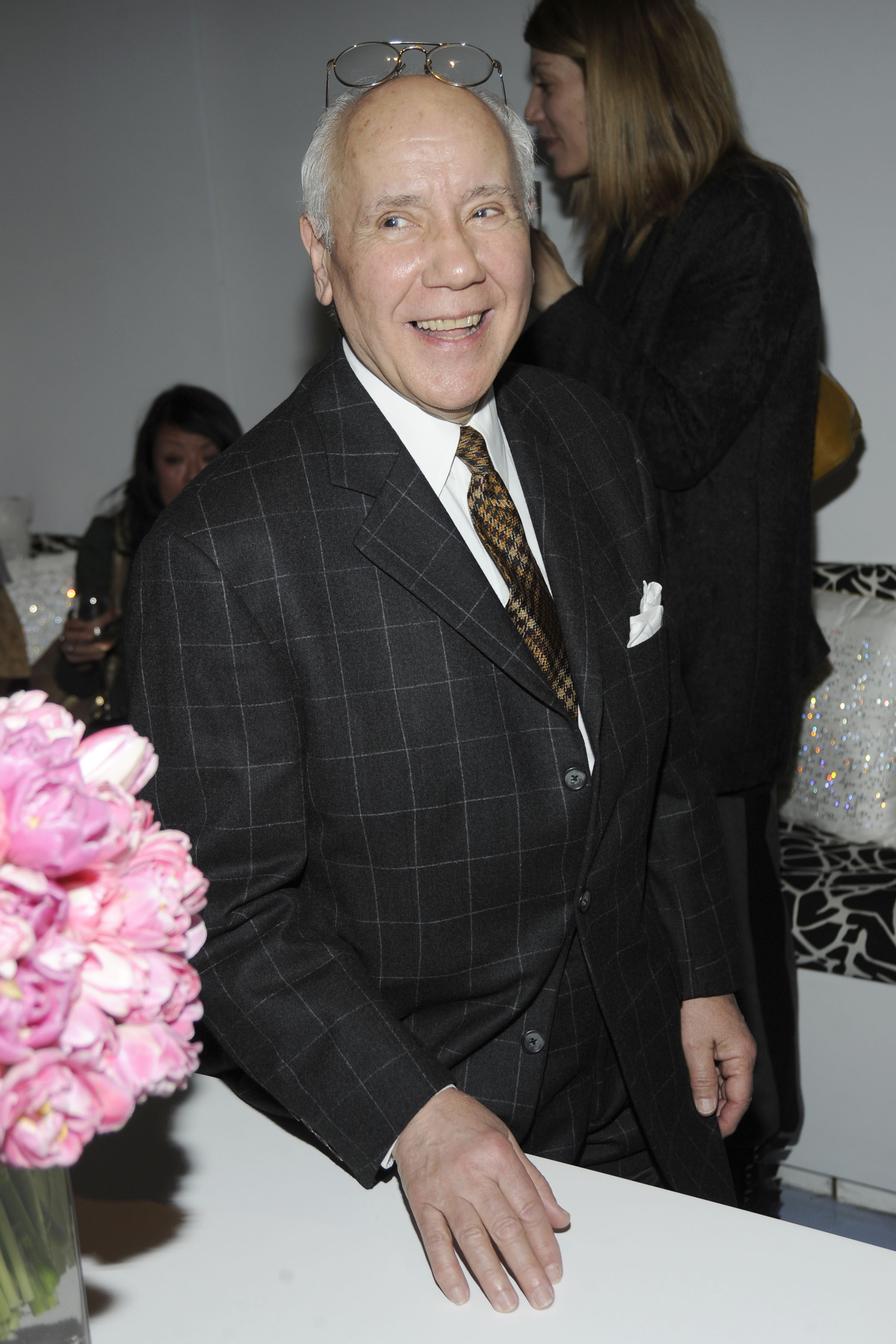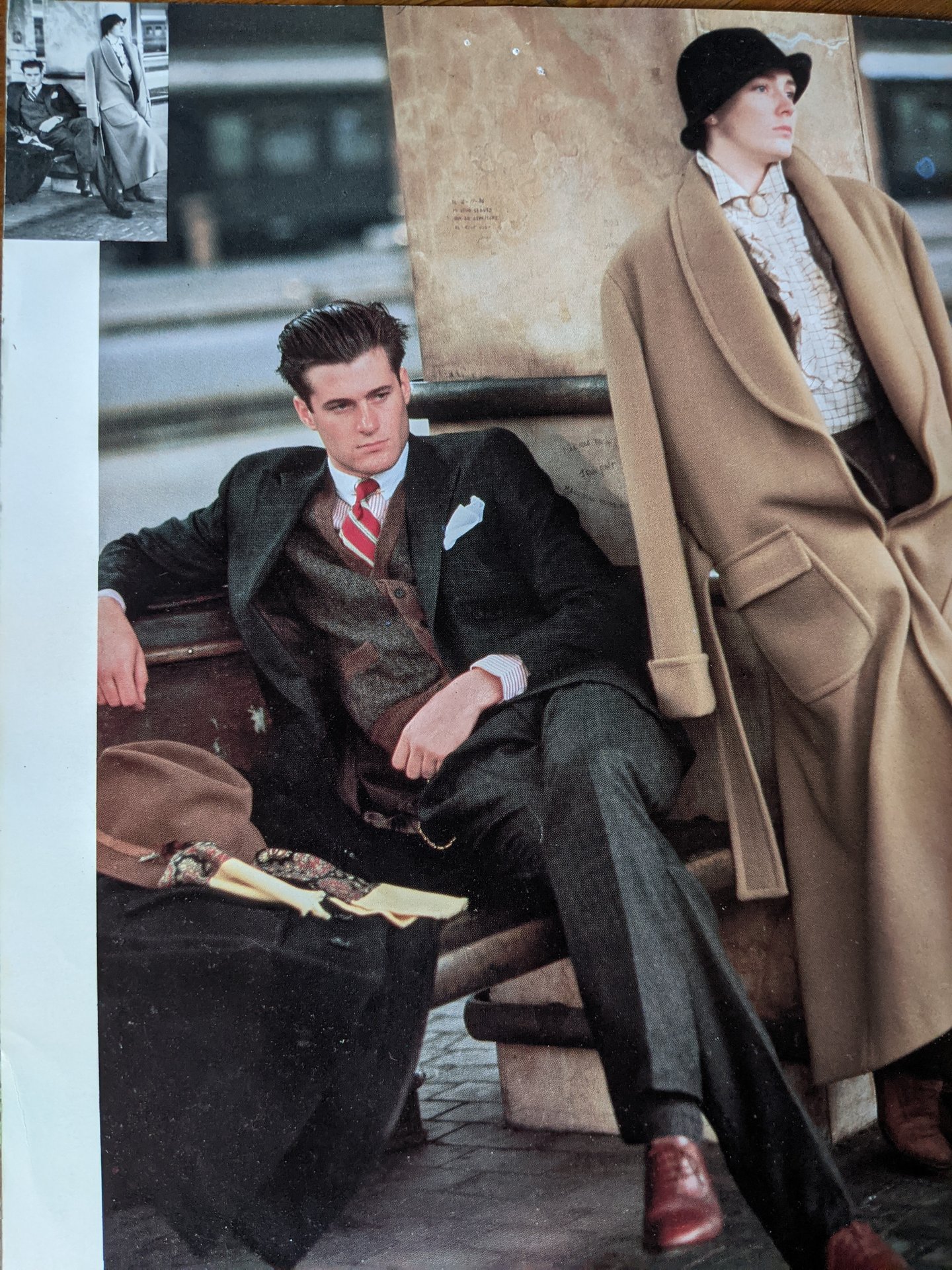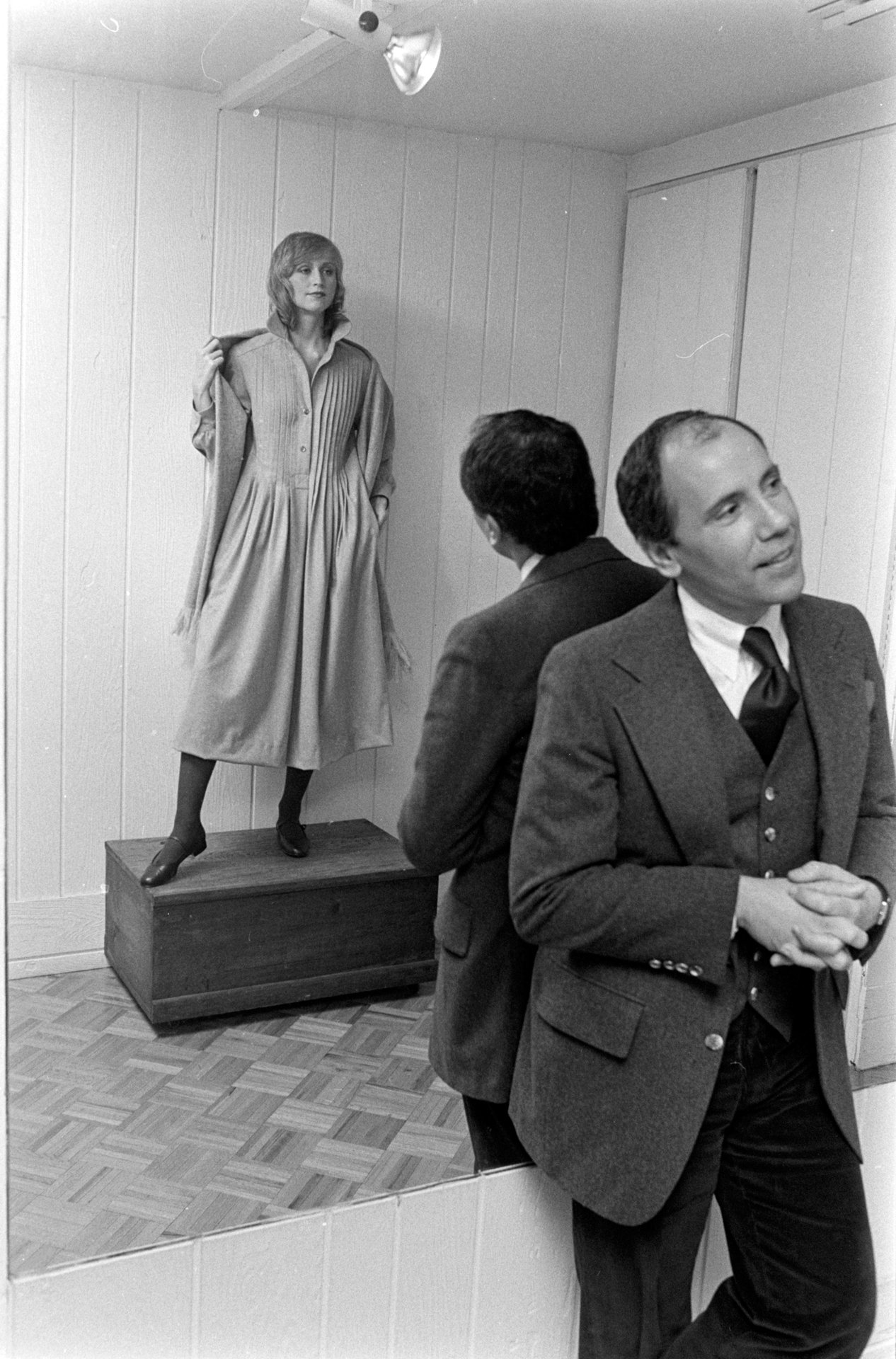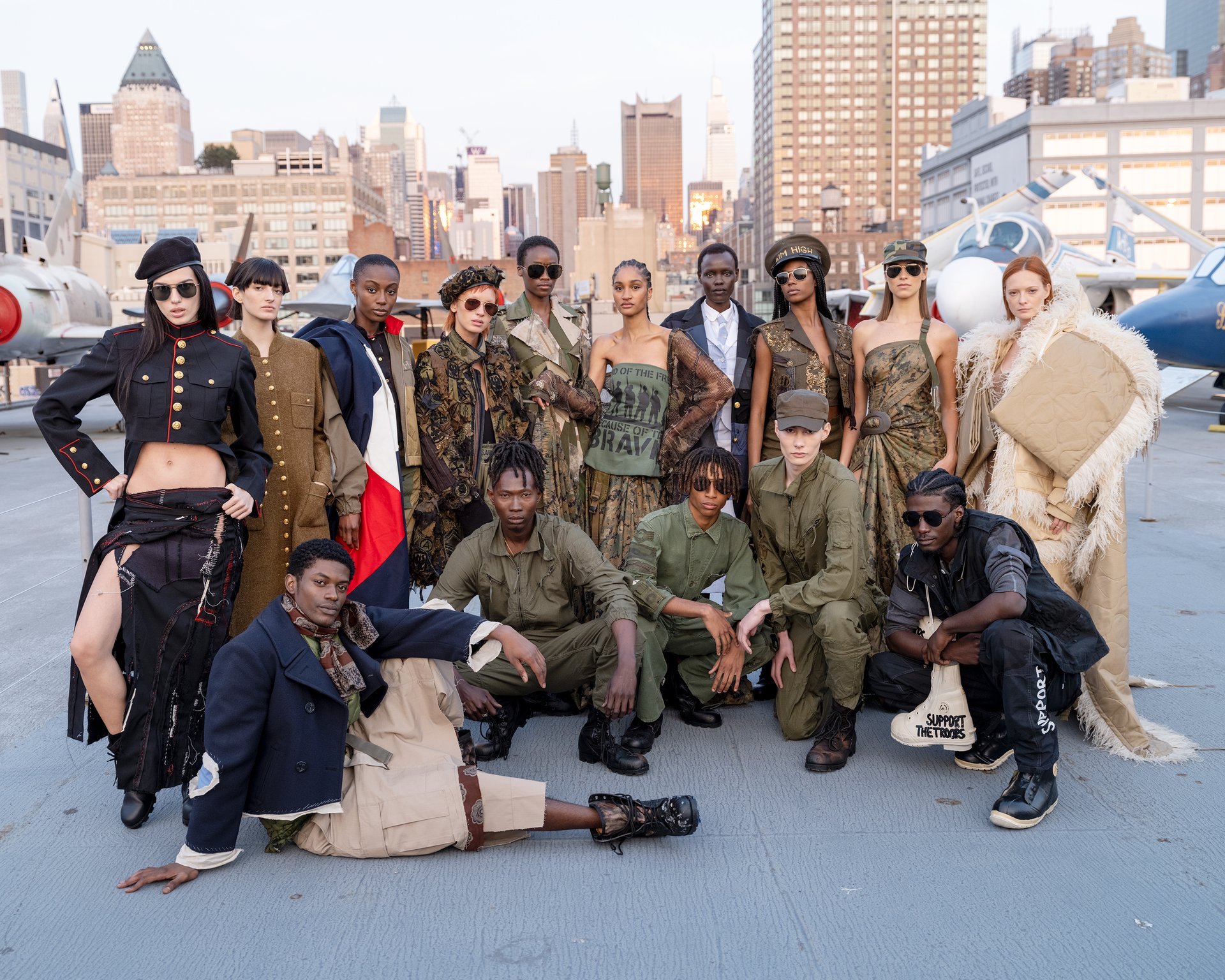Unlike fashion fads, there are fashion trends that never truly fade away. Think tailoring, for example. Even in 2023, after a pandemic that had people at home for months at a time, it is predicted to be an important trend, which is one reason – one of many, to be clear – that it is worth speaking to menswear designer Salvatore Cesarani.
Working in fashion for six decades, including womenswear too, Cesarani pioneered the sports suit in the1970s with a proclivity for pattern and texture, and designed uniforms for the 1980 Winter Olympics in Lake Placid.
These days, Sal instills a passion of creativity and storytelling in young talented designers at New York’s Fashion Institute of Technology.
“My advice to students is to learn the business of fashion,” Cesarani told us. “This means interning, volunteering and working at places that match your design aesthetic. Start at the beginning, work your way up, and continue your learning process. This is a competitive and difficult business. Find mentors, look to school alumni associations, and network through friend connections. Take every triumph, frustration, and failure as part of an overall learning process.”
In 1974 and 1975, Cesarani received the Special Coty Award for Menswear; over time, he took notice of designers making a shift for menswear. “Ralph Lauren’s mindset of what is innovative helped shift menswear,” he said. “He made Hollywood glamour and Ivy League’s aesthetics relevant for contemporary customers. Perry Ellis changed the understanding of how sportswear could be relaxed and elegant through shapes, patterns, and color palettes. Jeffrey Banks brought a sense of style, playful colors, and ease to the casual separates of his Merona sportswear.”
Cesarani’s impact on American fashion brought his brand into the menswear global market, which has made room for some of America’s best menswear designers: Thom Browne, Tom Ford, the late Virgil Abloh, and others who have directed global fashion houses. These days look radically different from when Cesarani started, thanks in large part to the ascent of social media and influencers.
“Within the last 15 years, social media platforms have truly been a game changer in many ways. Designers can begin to self-promote via Instagram, TikTok, and YouTube. However, those virtual means of communication do not permit a customer to see, feel, touch and wear the garment,” he noted.
He added, “Since COVID-19, digital nomads can work anywhere there is an internet connection and a power source. Online purchases are based on well designed and sized clothes from Uniqlo, Lululemon, Proto101, Mack Weldon and John Elliott. Upcoming menswear designers have to consider cultural changes and provide options that reflect an understanding of the lifestyle choices of their customer.”






